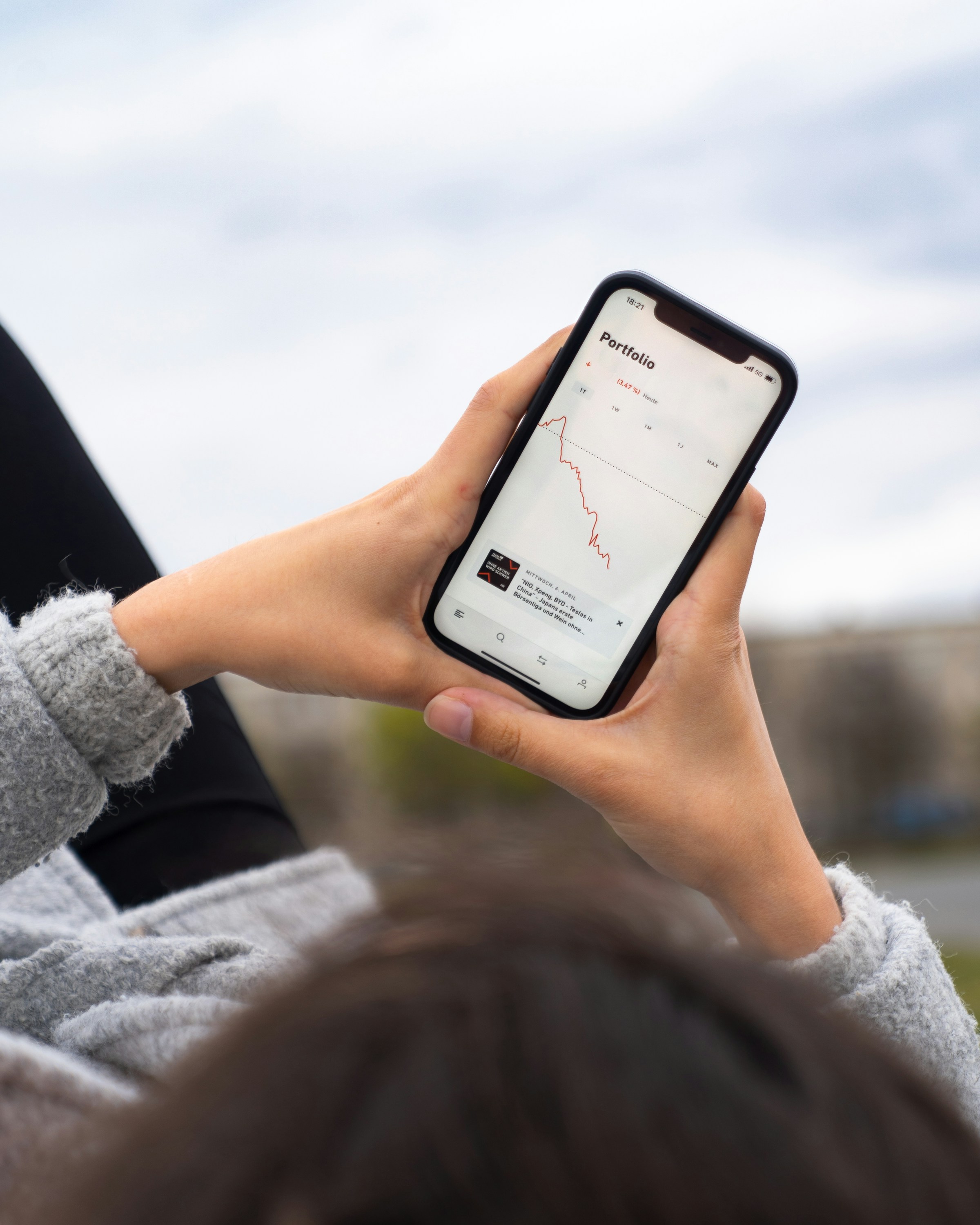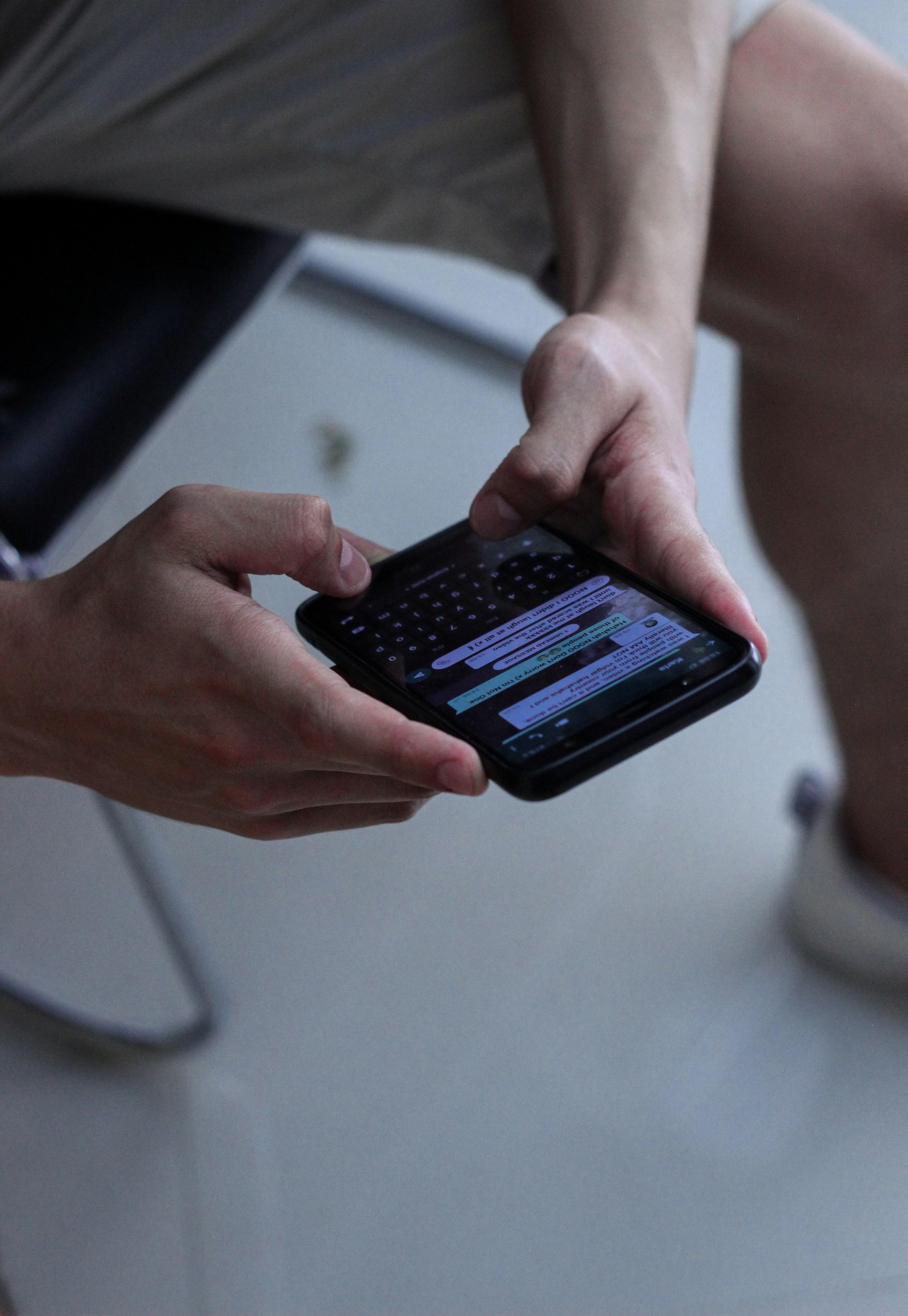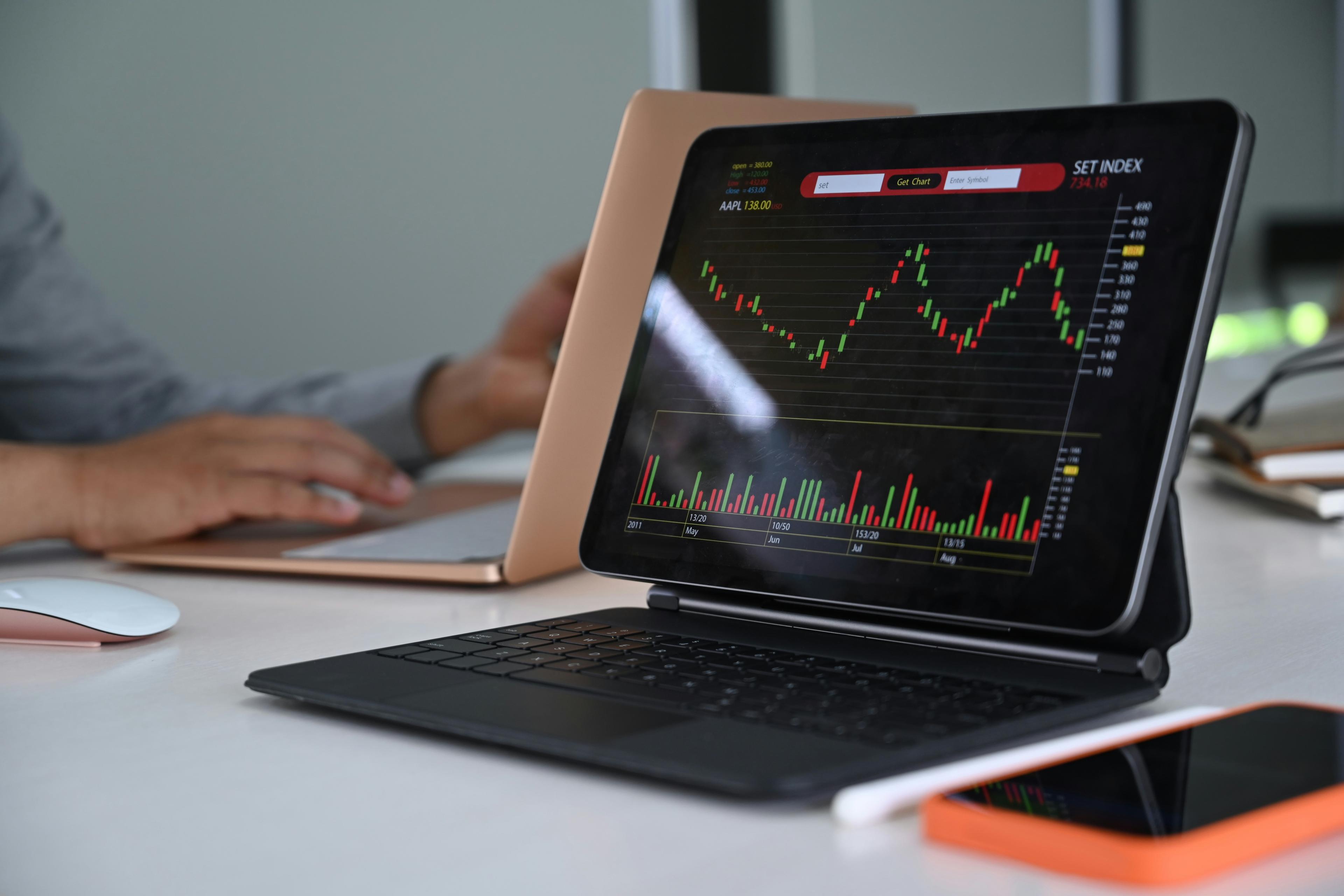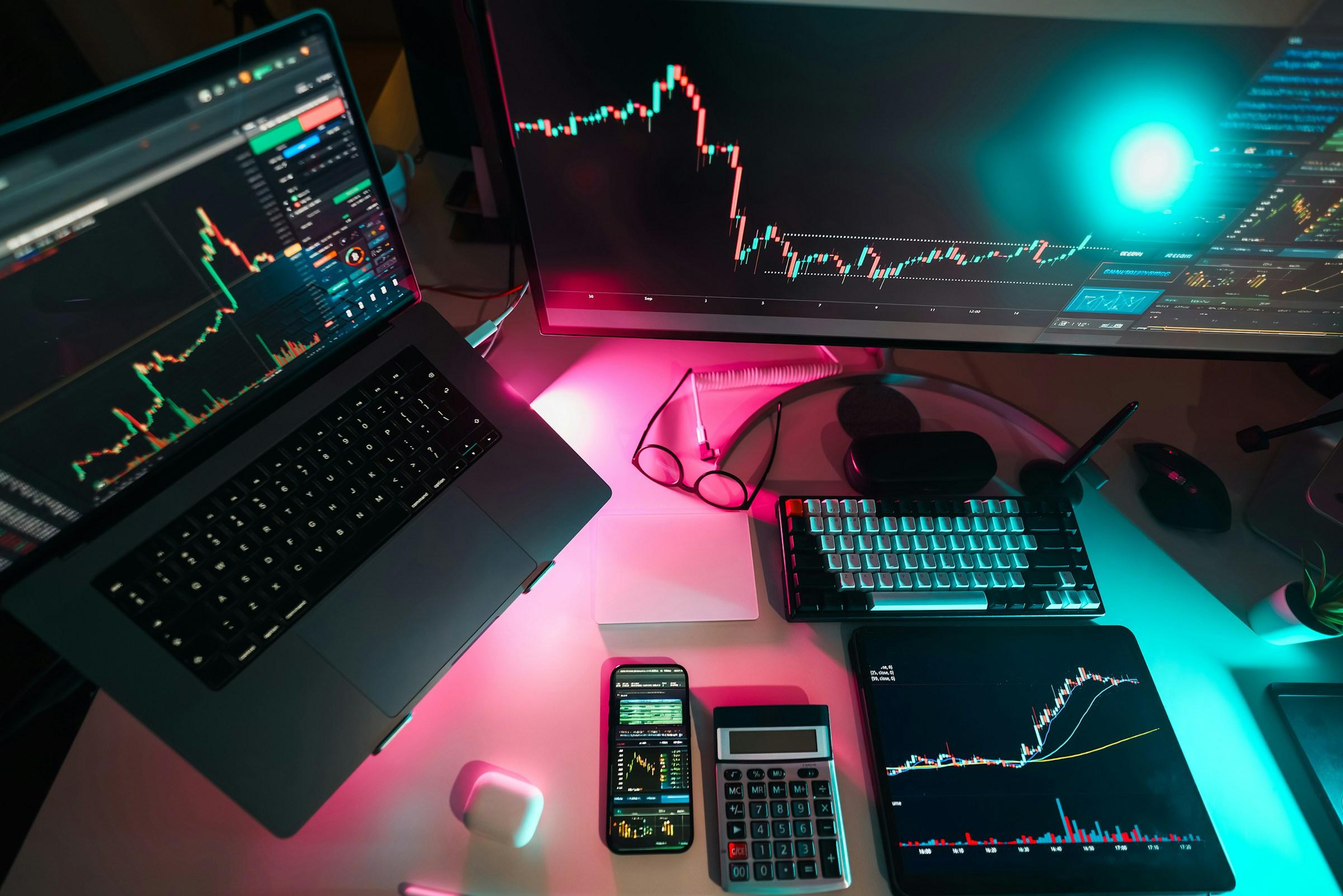You can build a trading portfolio that actually fits real life when you stop thinking of it as a pile of tickers and start seeing it as a small system that governs where your money sits, how it moves, and what happens when a trade goes wrong. The reason so many people feel overwhelmed is not that markets are impossible to understand, it is that they jump straight into the flashy part and leave the structure to chance. A portfolio that works is not about constant action. It is about a design you can manage from a phone between classes or meetings, one that gives you upside when markets run and keeps you steady when they stall. The design begins with a clear separation between investing and trading, then a deliberate way to reconnect them so they support each other instead of fighting for your attention.
Investing is your core. It is the slow, boring, compounding base that you do not need to babysit every hour. Trading is your active layer, the set of strategies that try to beat the market by taking short or medium swings. A lot of beginners build only the active layer, then wonder why every day feels like a roller coaster. The fix is simple in theory and powerful in practice. You create a core and satellite structure. The core holds broad, low cost exposure that you barely touch. The satellites are your trading strategies, each with a specific job, a size limit that you do not break, and a risk rule that takes the decision making out of your hands when stress rises. Picture the core as a long term gym membership that keeps you healthy, while the satellites are individual workouts that change with your goals. You might swap workouts, but you do not cancel the membership.
The natural question is how much belongs in each side. You can tune the split forever, but a basic principle protects most people who are starting out. Put at least half your money in the core so your future does not depend on the last five trades. The exact instruments vary by country and preference. One person might use a broad equity index fund, a short duration bond fund for stability, and a small slice of cash or gold as a shock absorber. Someone else might keep the buffer only in cash. What matters is not the perfect mix. What matters is the rule that your core is steady and designed to be boring on purpose. Boring is not a flaw. Boring keeps you in the game long enough to learn.
The satellites are where you express skill and curiosity. You can build them by strategy type rather than by asset category. A momentum strategy that buys strength is one satellite. A mean reversion strategy that buys dips and sells the bounce is another. A catalyst strategy around earnings or major news is a third. A longer crypto swing can be a fourth if you understand the volatility and have strict size caps. Each satellite needs three decisions before a single ringgit or dollar moves. You need to know what sets up the trade, how you will size the position, and what will end the trade. If you cannot explain those three points in plain language, you are not ready to fund that satellite with real money.
Position sizing deserves more attention than it usually gets. Traders love to talk about entries. Sizing decides whether a mistake is a small scratch or a deep scar. A practical anchor is risk per trade. Suppose your portfolio is worth ten thousand. If you can handle a one percent loss on a single idea, then your maximum risk per trade is one hundred. That number does not tell you how much to buy. It tells you what you can afford to lose if the stop is hit. If your stop is five percent below the entry, you can allocate up to two thousand to that trade, because five percent of two thousand is one hundred. The math scales up or down as your account changes, and it stops you from accidentally betting the house because a chart looks clean. You will still have losing trades. The point is that no single loss should be able to wreck your month.
Stops and exits are where discipline shows up. You can place hard stops in the system or use soft stops where you exit at the next available price after a signal. What you cannot do is drag a stop further and further away the moment the market moves against you. Decide the invalidation level before you enter. Momentum traders often use a recent swing low on the daily chart. Mean reversion traders might use a fixed percentage beyond the zone they expect to hold. Catalyst traders sometimes use time based exits, cutting the position if the move has not happened within a set number of sessions. None of this has to be fancy. The power comes from choosing a reasonable rule and sticking to it across many trades so that your results come from your edge and not from improvisation under pressure.
Diversification is another concept that often gets misunderstood. In a trading portfolio, diversification does not mean buying a random basket of tickers. It means your satellites should not all depend on the same market mood to make money. If every strategy only wins when the index is ripping higher, you do not have diversification. You have the same idea in different clothes. Mix timeframes and logic. Pair a fast breakout approach with a slower trend follow approach that takes weekly signals. Add a small mean reversion satellite that hunts for oversold bounces during choppy weeks. Consider one satellite that only trades earnings gaps with tight time limits, win or lose. If you want crypto exposure, treat it as a separate satellite with extra strict rules. The goal is not to mimic a hedge fund. The goal is to avoid being a one trick pony that goes silent the moment conditions change.
Rebalancing keeps your design honest. Without it, a run of wins can blow up your risk without you noticing, and a slump can starve the strategies that still deserve capital. Choose a rhythm that you will follow even during busy months. Many people do well with a monthly check. If your satellites are capped at forty percent and a hot streak pushes them to forty eight, skim profits into the core until you are back to forty. If a cold patch drags them to thirty, you can wait for fresh setups rather than refilling out of habit. Rebalancing is not a punishment for your winners. It is a safety rail that keeps your risk where you meant it to be.
Cost still matters in a world where many brokers advertise zero commission. Spreads are a cost. Slippage is a cost. Data subscriptions you never open are a cost. A strategy that demands ten trades a day may die not on fees alone but on the hidden cost of attention and timing. Choose tools that make execution clean and reporting simple. A trustworthy platform lets you export statements, verify performance, and move your money without drama. If you add crypto, think carefully about custody. Off exchange storage adds a step, but there is a clear difference between a setback and a wipeout if a platform breaks. Custody plans are not only for whales. They are for anyone who wants to survive a bad surprise.
Tax rules vary by country, but one planning habit travels well across borders. Keep a trading log. Record the date, the asset, the side, the size, the entry, the stop, the exit, and the reason. Add one short note about how you felt going in and how you felt coming out. You are building a feedback loop that connects behavior to outcome. After a few months, patterns emerge. You might notice that your afternoon entries on Tuesdays are weak because you rush between obligations. You might see that you cut winners too fast and let losers drift. That is not a moral failing. It is a signal that your rules need a tweak. Real improvement comes from small changes that you can repeat without effort.
Timeframe choice is risk control in disguise. If you can only check the market once a day, build your satellites on daily or weekly signals and enter near the close to reduce fake breakouts. If you enjoy intraday action and have the hours available, you can run one smaller satellite with a lower timeframe, but keep tight size caps so your day does not turn into an unplanned marathon. The point is to align your strategy with your life instead of forcing your life to serve the strategy. A plan that survives a chaotic week is better than a plan that only works during perfect conditions.
Cash belongs in the conversation. New traders dislike cash because it feels like doing nothing, but cash buys choice. Cash prevents revenge trades after a loss. Cash gives you dry powder when the core dips and you want to add without selling good positions at bad prices. Decide on a base cash level that keeps you calm. Active traders might sit at five to ten percent as a default, and people with variable income might prefer more. Calm is not soft advice. Calm shows up in the numbers when it stops you from panic selling low and buying high because of fear of missing out.
If you want a starting process that you could run next week, start small and clear. Define your core using two or three instruments that track your main market plus one stabilizer like short duration bonds or cash. Lock the core at half your capital or more. Create two satellites, not five. Make one a simple momentum plan that buys breakouts on daily charts, places a stop below the base, and trails the exit as the move develops. Make the second a mean reversion plan that buys quality names or liquid funds after a sharp pullback to a predefined level and then sells on a return to a moving average or a recent range. Cap each satellite at a fixed share of the portfolio and cap each trade at a fixed risk percent. Log your trades. Rebalance monthly. Review every quarter. You can always add complexity after you prove you can run the simple version without drama.
Leverage attracts attention because it promises speed. In most retail accounts, leverage feels exciting until it does not. If you are still building your rules, skip margin and stick to unlevered products. If you insist on testing leverage, confine it to one small satellite and use defined risk structures such as option spreads where your maximum loss is known before you enter. Do not experiment with products you do not fully understand. Markets will always teach, but the tuition can be painful if you pay it with money you cannot afford to lose.
News will tempt you to abandon your map. The answer is not to block news. The answer is to route news into your system. If a central bank decision or a heavy earnings week is coming, you can decide in advance to cut position sizes by a third, or to tighten stops, or to pause new entries for one session on your faster satellite. Write these choices down before the headlines hit so you are not improvising with fresh emotion. A system that expects chaos is stronger than one that assumes quiet weather.
Crypto deserves a special paragraph because its market runs around the clock and its volatility can dwarf stocks. If you want it, give it a dedicated satellite with rules, not an identity that swallows the whole portfolio. Decide where you buy, where you store, and how you exit. Decide your maximum drawdown for that satellite before you size the first trade. Crypto can be a useful tool if your allocation is small and your timebox is strict, but it will punish sloppy sizing and delayed exits faster than most assets. Respect the volatility and it becomes one more way to express your edge.
Backtesting and paper trading can help you refine rules, but do not live in simulation forever. The shift from fake money to real money is not only about mechanics. It is about your nervous system. Start with sizes so small that you barely care, then let your confidence grow with your data. Scale by rules rather than by mood. Do not double the capital for a strategy until you have logged at least thirty trades and can see that your edge survives costs and slippage. If that feels slow, that is a good sign. Slow keeps you around long enough to get fast.
None of this guarantees smooth months. Streaks and slumps will still happen. The change is that a slump will not force you out of the game, because you built a structure that pulls you back to your rules. The core keeps compounding while the satellites learn and adapt. You are no longer trying to be a hero on every trade. You are trying to be consistent across many trades, and consistency beats brilliance that appears once and then disappears.
When you feel overwhelmed, zoom out and ask three simple questions. What portion of my money is off limits to high risk moves. Which one or two strategies actually fit my schedule in the next month. What rule will get me out when I am wrong. If you can answer those honestly, you already have the skeleton of a portfolio that can grow with you. You can add detail over time and prune what you do not use. You can upgrade tools that truly save you time and ignore the ones that add noise. You can build a monthly review habit where you read your log for fifteen minutes and circle one behavior to improve, not five. Maybe you decide to cut losers a bit faster. Maybe you decide to give winners one more day. Maybe you decide to avoid entries in the first fifteen minutes of the session. Small changes compound because markets keep giving you repetitions.
In the end, a trading portfolio that works is not a magic collection of secrets. It is a living map you can follow on a good day and on a messy day. Build the core that helps you sleep. Build satellites that make you curious. Size trades so that a wrong call is a bruise instead of a break. Write rules you can follow when life gets noisy. The market will keep moving whether you are ready or not. A clear design turns that motion into progress you can trust.














